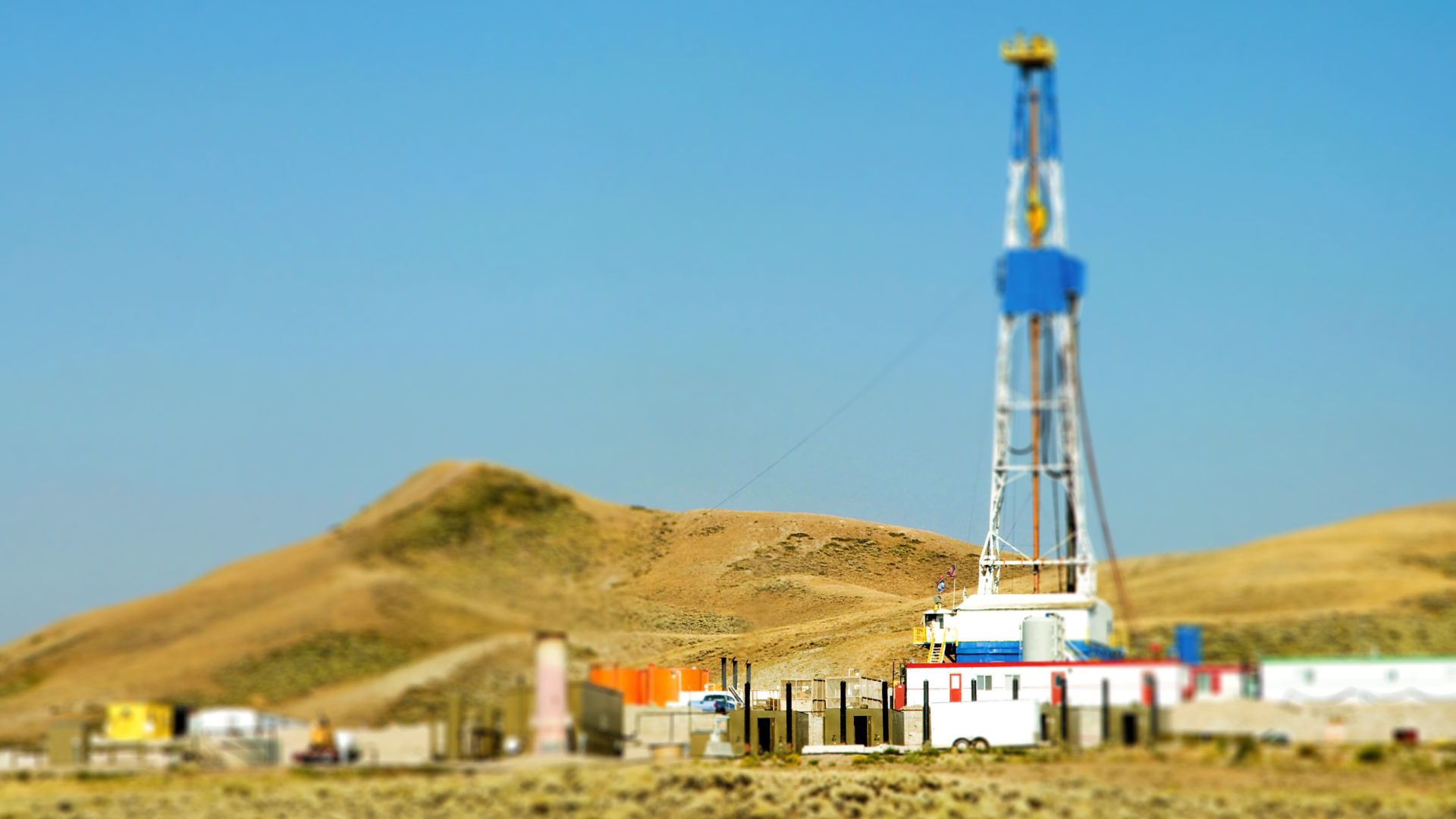The Government of a South China Sea state were able to align the interests of the government and the Operators and accelerate investment by the foreign Operators.
AGR’s client engaged us to review the reserves base of all Operators in the country. This involved establishing a consistent methodology for reporting and then applying this to all assets. Additionally, our Asset Evaluations & Reserves team was requested to analyse and evaluate long-term production and investment profiles in line with the existing reserves and resources.
The Complicating Factors
- Individual Operators were honouring different and sometimes conflicting reserves definitions when reporting to the government as the regulator did not at the time have any agreed reporting system
- The fiscal system in operation had an influence on the economically recoverable reserves and gave rise to a conflict of interest between the Operators and the government. This was reflected in the reported reserves
- Gas and oil production were competing, plus there was a threat that maintaining gas production at a high level would jeopardise oil recovery.
The AGR Approach
AGR drafted a set of standards compliant to SPE PRMS (Petroleum Resources Management System by the Society of Petroleum Engineers) reserves definitions to be used by all operators for reporting to the government. AGR reviewed the nation’s reserves base and highlighted discrepancies in individual Operator’s reported reserves that would have had significant impact on the sustainability of the production profiles were they to have gone undetected.
In addition to reporting consistent reserves, the study was extended to reviewing the fiscal system currently in place and to recommending changes that should be made to align the interests of the government and the operators and accelerate investment by the foreign Operators.


